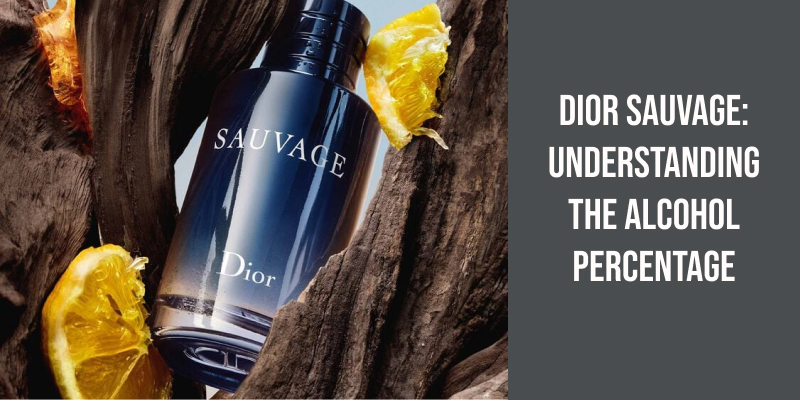Yes, vanilla can definitely be a middle note in perfumery. Middle notes, also known as “heart” notes, typically emerge after the top notes and can last throughout the entire duration of the fragrance. Vanilla is often used as a middle note because of its rich and warm aroma that has staying power, acting as a bridge between the top and base notes. It adds depth and richness to the scent composition while also adding a touch of sweetness. Moreover, as a middle note, vanilla’s fragrance isn’t usually immediately recognized when the perfume is initially applied, but becomes more noticeable as the fragrance evolves on the skin.

Can Vanilla Be Used as a Top Note?
Can vanilla be used as a top note? This question has sparked much debate among perfumers and fragrance enthusiasts alike. Traditionally, vanilla is known for it’s rich and warm base note qualities, often used to provide depth and longevity to a fragrance.
It’s ability to bridge different fragrance layers and it’s sheer versatility make it a valuable ingredient in perfumery.
During the middle notes stage of a fragrance, certain scents become more prominent and contribute to the overall character of the scent. These notes, often referred to as the heart notes, add depth and complexity to the fragrance, lingering even after the initial burst of top notes has subsided. Examples of middle notes include the floral aromas of roses or jasmine, the subtle warmth of light woods, the enticing spiciness of cardamom or cinnamon, and the rich sweetness of dark fruits.
What Are Examples of Middle Notes?
The middle notes, also known as the heart, play a crucial role in creating a balanced and complex fragrance composition. These notes are multidimensional and can be sensed in the fragrance from beginning to end, especially after the initial top notes have evaporated. They form the core of the scent and provide it with depth and character.
Woods like cedar, sandalwood, and vetiver can add warmth and complexity to a fragrance. These notes can give a scent a sense of grounding and balance, making it more versatile and long-lasting.
Spices also make excellent middle notes. Ingredients like cinnamon, cardamom, and clove can bring a sense of warmth and intensity to a fragrance. These aromatic spices can add a touch of exoticism and intrigue, creating a captivating olfactory experience.
Lastly, dark fruits can be used as middle notes to add richness and sweetness to a fragrance. Ingredients like blackcurrant, plum, and fig can provide a luscious and juicy aroma that enhances the overall composition. These fruity notes can create a sense of indulgence and decadence.
These notes add depth, character, and longevity to a scent, ensuring a captivating and multidimensional olfactory experience.
Floral Middle Notes: Flowers Like Rose, Jasmine, and Lily Can Add a Delicate and Romantic Touch to a Fragrance. These Floral Notes Can Provide a Feminine and Elegant Aroma That Enhances the Overall Composition.
Floral middle notes, such as rose, jasmine, and lily, have the ability to bring a delicate and romantic element to a fragrance. These floral aromas add a feminine and sophisticated touch, enhancing the overall composition of a perfume. When combined with other ingredients, like vanilla, they create a harmonious blend that can be both alluring and captivating.
It’s warm and comforting aroma is commonly associated with sweetness and simplicity. However, vanilla is far from being a basic scent. It’s versatility and ability to enhance other fragrances have made it a staple in various industries, from culinary arts to perfumery. In this article, we will explore the fascinating history, properties, and uses of vanilla in the world of scent.
Is Vanilla a Basic Scent?
Vanilla, with it’s sweet and creamy aroma, is often considered a basic scent due to it’s widespread use as a flavoring agent. However, in the world of perfumery, vanilla plays a much more complex role. While it may be a common ingredient, it possesses a versatility and depth that allows it to transcend the notions of a basic scent and become a captivating middle note.
Moreover, vanilla possesses a unique quality known as “polyvalence,” meaning it can convey different facets depending on the concentration and the accompanying ingredients. At lower concentrations, it exudes a gentle and creamy aroma, while in higher concentrations, it can become more intense and intoxicating. This adaptability makes vanilla an indispensable middle note in perfumery, capable of capturing various moods and desires.
So, next time you encounter a fragrance with vanilla as a middle note, let yourself be transported into a world of olfactory delights, where the versatile vanilla reveals it’s captivating nuances.
Different Types of Vanilla: Discuss the Different Varieties of Vanilla Used in Perfumery, Such as Madagascar Vanilla, Tahitian Vanilla, and Bourbon Vanilla, and How They Each Contribute Unique Characteristics to Fragrances.
- Madagascar vanilla
- Tahitian vanilla
- Bourbon vanilla
Source: Do vanilla fragrances actually smell like vanilla
Moving on to the heart or middle notes of a fragrance, these are the scents that emerge after the initial blast of top notes fade away. Common middle notes often include lavender, pine, or black pepper, which add depth and complexity to the fragrance. As we delve deeper into the base notes, you’ll discover popular scents like amber, sandalwood, vanilla, and patchouli that form the foundation of a fragrance, prolonging it’s longevity and leaving a lasting impression.
What Are the Common Middle Notes?
Middle notes are an essential component of perfume compositions, playing a crucial role in defining the overall scent profile. Lavender, with it’s herbaceous and floral aroma, is often employed as a middle note, adding a calming and soothing aspect to the perfume. Pine, on the other hand, brings a refreshing and invigorating sensation to the fragrance, injecting a touch of nature and vitality into the scent. Black pepper, with it’s spicy and warm characteristics, can also act as a middle note, providing a subtle yet distinctive kick to the overall aroma.
Moving on to the base notes, these scents form the foundation of a fragrance, lingering on the skin long after the top notes have dissipated. Amber, a popular base note, delivers a warm and resinous aroma, adding depth and richness to the perfume. It’s inviting and cozy scent creates a sense of comfort and sensuality. Sandalwood, another frequently utilized base note, emits a woody and creamy fragrance, exuding a sense of serenity and tranquility. Vanilla, with it’s sweet and comforting scent, is often chosen as a base note, providing a cozy and familiar undertone. Lastly, patchouli offers an earthy and musky aroma, lending a mysterious and captivating touch to the overall fragrance composition.
Whether it be the soothing lavender, the invigorating pine, the spicy black pepper, the warm amber, the serene sandalwood, the comforting vanilla, or the mesmerizing patchouli, each ingredient contributes it’s unique qualities to the fragrance. Ultimately, the combination of these notes is what gives perfumes their distinct character and allure, captivating our senses and evoking emotions with every spritz.





